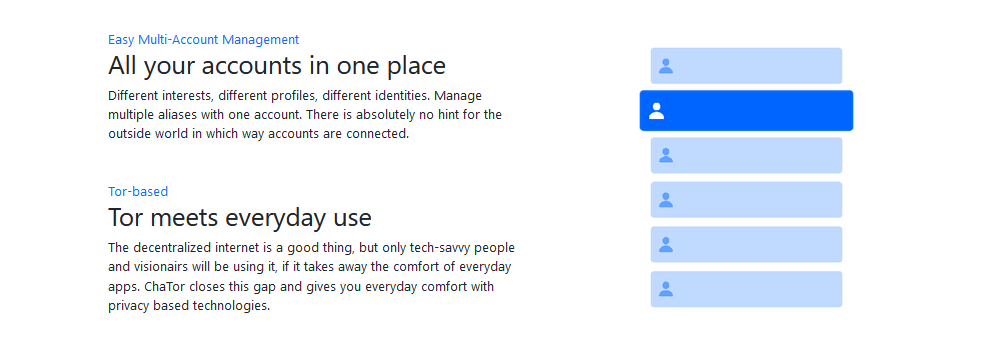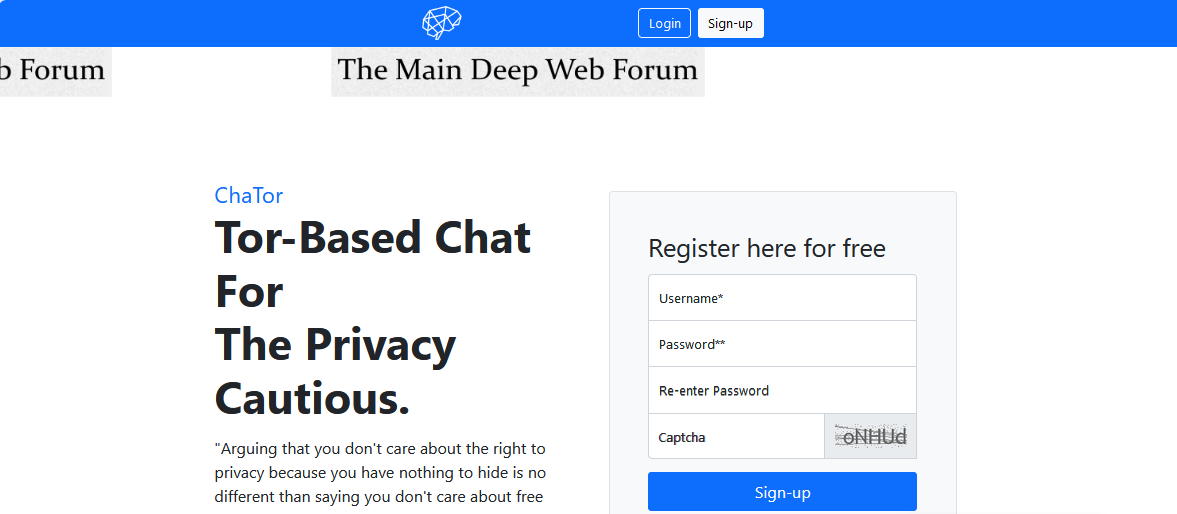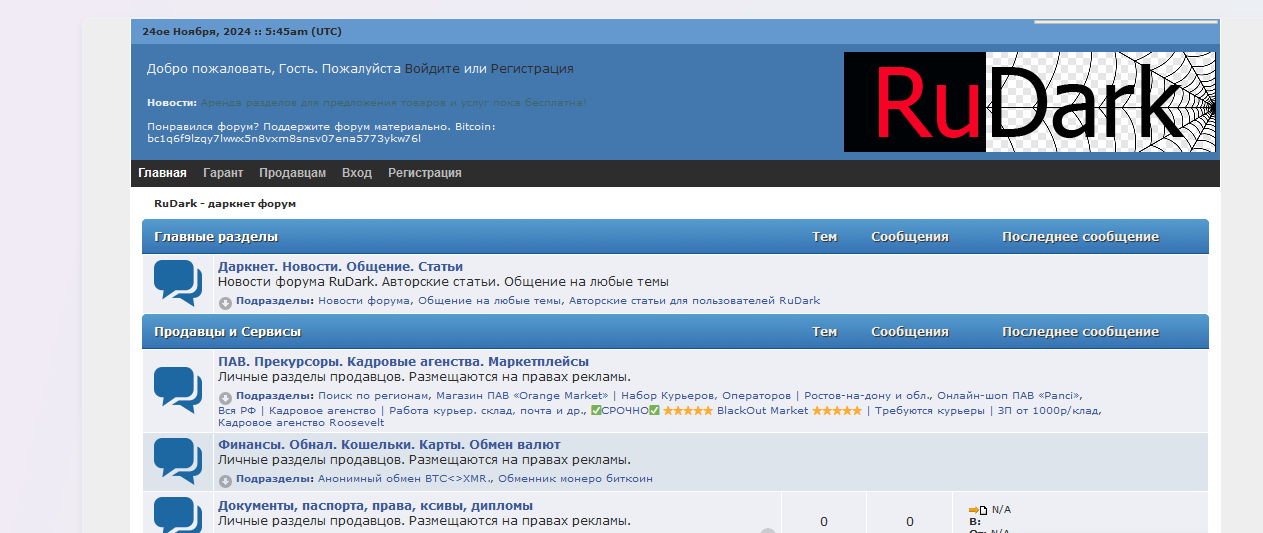Introduction to Chator Darkweb Chatroom
Chator darkweb chatroom emerges as a robust solution tailored for individuals who prioritize the protection of their personal information and online interactions.
The core purpose of Chator darkweb chatroom is to offer a secure communication environment where users can exchange messages without the lingering threat of surveillance or data interception. Unlike typical chat applications, which may collect and store user data, Chator darkweb chatroom operates on the principles of encryption and anonymity. This approach not only safeguards personal conversations but also aligns with the growing demand for privacy-centric tools that reflect users’ concerns regarding data breaches and unrestricted surveillance.
The rise of online threats, including hacking incidents and unauthorized data collection, underscores the urgent need for secure communication options. Many people are becoming increasingly aware of the vulnerabilities inherent in conventional messaging services, prompting them to seek alternatives like Chator. This platform addresses the critical need for a communication tool that doesn’t compromise user confidentiality, making it particularly relevant in today’s environment, where the risk of information leakage is ever-present.
As citizens around the world grapple with government surveillance and corporate data mining, solutions are becoming essential. The emergence of Chator signals a promising step toward restoring privacy in online communication, thereby fostering a safer digital space for all.
How Chator Darkweb Chatroom Works: The Technology Behind Privacy
Central to its functionality is the integration of the Tor network, which serves as a vital component for facilitating anonymous communication. Tor, which stands for The Onion Router, obscures the identity and location of users by routing their internet traffic through a series of volunteer-operated servers.
Each node only knows the location of the previous and the next node in the chain, which effectively conceals the origin and destination of the communication. This robust method of message routing contributes significantly to the platform’s appeal among users who prioritize confidentiality and anonymity in their interactions.
Additionally, it implements a strict no-log policy, which is fundamental for maintaining user privacy. This ensures that even in the event of a breach, there is no identifiable information to uncover. Users can engage freely within the Chator ecosystem, knowing that their conversations remain private and unrecorded. The combination of Tor’s secure routing mechanism and Chator’s commitment to not retaining user data positions it as a trustworthy solution for those who seek privacy-centric communication. As digital privacy concerns continue to mount, platforms like Chator are pivotal in addressing these issues and fostering secure online interactions.
Benefits of Using Chator darkweb chatroom
Chator emerges as a groundbreaking solution in the realm of communication, prioritizing user privacy and security above all else. One of the key benefits of using it is its implementation of multiple layers of encryption, which safeguards the integrity of messages exchanged between users. This encryption ensures that only designated recipients can read the messages, significantly reducing the risk of unauthorized access and eavesdropping. Unlike many mainstream chat applications, which often utilize a single layer of encryption, Chator goes further by integrating advanced cryptographic techniques that bolster its users’ privacy.
Another significant advantage of Chator is its commitment to freedom from data retention policies. Chator, on the other hand, prioritizes minimizing data storage, ensuring that users have greater control over their communications. This design philosophy not only enhances privacy but also aligns with the growing desire among users for more autonomy in managing their digital footprints.
User experience is another area where Chator excels. Users of Chator often find that they can engage in private conversations without the burden of complicated settings or excessive technical jargon. This ease of use, paired with its comprehensive security measures, positions Chator as a compelling alternative for individuals seeking a chat application that does not compromise on safety and privacy. With a growing emphasis on secure communication, Chator stands out by effectively marrying user experience with high-level security protocols.
Challenges and Considerations

While Chator presents itself as a privacy-centric communication platform, it is essential to recognize the challenges and considerations that users may encounter. One of the fundamental aspects of Chator is its reliance on the Tor network, which, while providing enhanced anonymity, can also introduce certain limitations. Users should be aware that connection speeds on the Tor network are often slower than typical internet services due to the multiple layers of encryption and routing through various nodes. This can impact the quality of real-time communication, affecting voice and video calls. Therefore, users must manage their expectations regarding performance when utilizing Chator for these functions.
Another important consideration is the stability of the connection. Since Chator routes data through various volunteer-operated servers, potential fluctuations in the network can lead to drops in connectivity, which may interrupt conversations or important exchanges. Understanding these factors will promote a better user experience on Chator and emphasize the platform’s commitment to privacy.
Additionally, it is vital to utilize Chator correctly to optimize privacy. Misconfigurations or neglecting certain security features may inadvertently expose users to risks. Practicing good digital hygiene, such as consistently updating software and being aware of phishing attempts, will enhance the overall security of communications. Finally, users should stay informed about the evolving landscape of online privacy and security, particularly in relation to Tor-based services like Chator. By being proactive and knowledgeable, users can navigate potential challenges effectively and ensure a safer communication experience.









